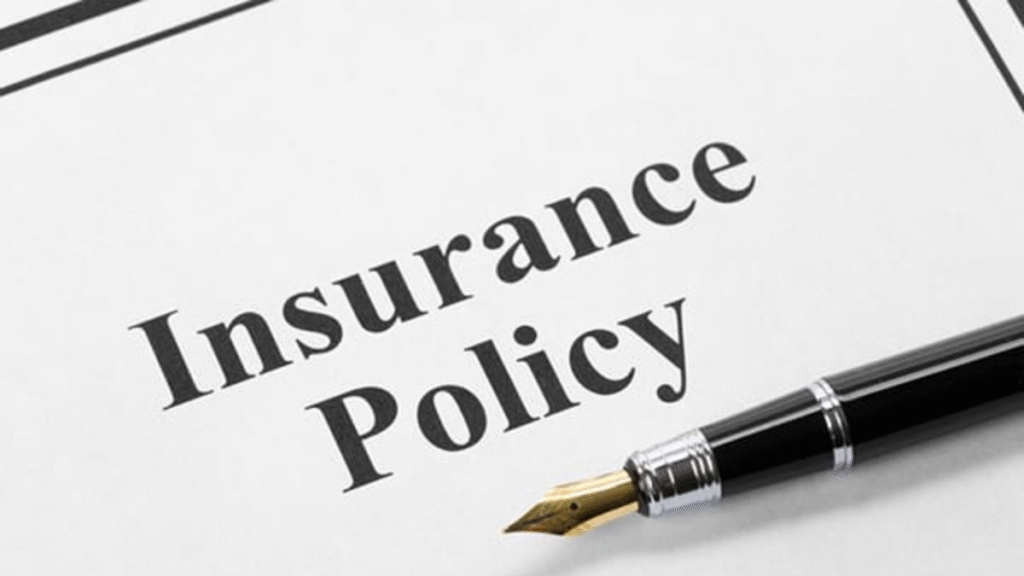Insurance is meant to protect you from life’s uncertainties, but many people assume their current policy is sufficient without reviewing what it actually covers. In reality, your insurance needs change over time, and a policy that once seemed adequate may no longer provide the protection you require today. Understanding your coverage limits, exclusions, and real financial risks is essential to ensure you and your family stay secure.
This rewritten article explores how to evaluate your existing insurance policy and determine whether it truly offers the coverage you need.
Why Reviewing Insurance Coverage Matters
Your Life and Needs Change
As you move through different life stages—marriage, kids, new home, increased income, or growing responsibilities—your insurance requirements grow too. A policy purchased years ago may no longer match your current lifestyle.
Unexpected Risks May Not Be Covered
Many policies contain hidden exclusions. While you might believe you are fully protected, certain situations, damages, or health conditions may not be included. Without knowing these gaps, you could face heavy financial stress during emergencies.
Coverage Limits Might Be Too Low
Some people select the minimum coverage to save premium costs. However, low limits might not cover today’s rising expenses, whether for medical bills, home repairs, or vehicle damage. Not upgrading your coverage can lead to paying large amounts from your own pocket.
Premiums Change but Benefits Don’t
Over time, premiums may increase due to age, inflation, or market adjustments. If your benefits have not increased along with your premium, you might be paying more for coverage that still falls short of your needs.
Policy Add-Ons Can Strengthen Protection
Many insurance companies offer riders or add-ons that enhance coverage, such as accidental coverage, critical illness cover, income protection, or extended home coverage. Without these extras, your policy might be basic rather than comprehensive.
Financial Security Requires Full Protection
Insurance is not just a legal requirement—it is a financial safety tool. Having complete coverage ensures peace of mind, protects your savings, and helps your family stay financially strong during unexpected events.
Signs Your Insurance Policy Might Not Be Enough
You’ve Never Reviewed It Since Buying
If it has been years since you checked your policy, chances are it no longer matches your needs.
Your Lifestyle Has Upgraded
Higher income, new home, or more valuable assets require stronger protection.
You Are Unsure What Your Policy Covers
If you can’t explain your policy in simple terms, it’s time for a review.
Highlight Table (ENG)
| Coverage Factor | What It Means | Why It Matters |
|---|---|---|
| Coverage limits | Maximum amount payable | Helps avoid out-of-pocket expenses |
| Policy exclusions | Situations not covered | Prevents unexpected financial shocks |
| Add-on options | Extra protection layers | Makes policy more comprehensive |
| Premium vs benefits | Value of what you pay for | Ensures cost-effectiveness |
| Life changes | Updated lifestyle needs | Aligns coverage with current risks |
| Asset value | Worth of property/items | Maintains proper financial protection |
| Emergency readiness | How well policy protects | Supports long-term stability |
Conclusion
Your current insurance policy may not be giving you enough coverage if it hasn’t been reviewed in years or no longer matches your lifestyle, financial responsibilities, or assets. Regular evaluation ensures that your protection remains strong and relevant. A well-updated policy helps safeguard your future, prevents financial setbacks, and gives you the peace of mind you deserve. Taking time to review your insurance today can make a huge difference tomorrow.



